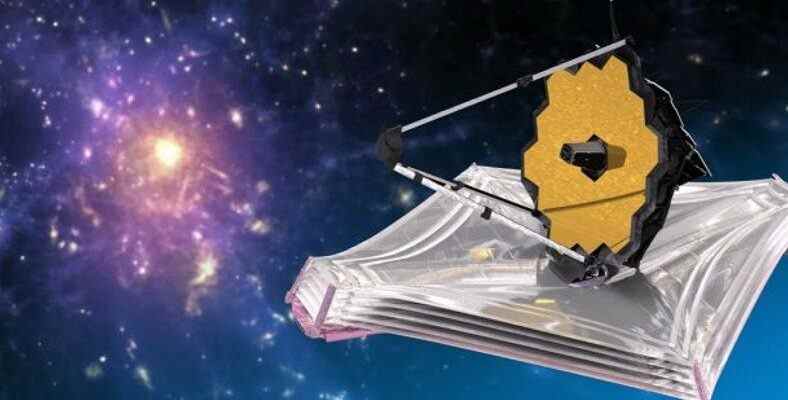Since it took its place in the depths of space, the James Webb Space Telescope, which has been seen as a big step in discovering new planets and formations, this time started the search for methane gas in the hope of finding a habitable planet.
The James Webb Space Telescope has been helping scientists in space exploration since its launch. While new studies are being carried out every day in the hope of finding another possible habitable planet, the James Webb Space Telescope also serves as a great helper in these researches.
The telescope not only sheds light on the secrets of the universe, but also continues to offer us photographs of the unique landscapes of space. Seen as a big step towards exploring the unknown aspects of space, the James Webb Space Telescope will start looking for the smell of ‘methane gas’ to find new planets.
James Webb Space Telescope will look for smell of methane gas
Research scientist from the University of California, Santa Cruz and his team say that if the James Webb Space Telescope encounters a possible smell of methane gas, they can have a lot of information about other planets. Of course, the presence of methane gas in space requires a lot of research. E.g; the density of the gas and the examination of other gases accompanying it needs.
After the James Webb Space Telescope detects a methane gas, researchers look at three criteria to determine whether methane is a biosignature: the amount of carbon dioxide, the presence of more methane in the atmosphere than carbon monoxide, and the planet’s water-poorness. Although for many years Although methane gas is considered a bio-signature, this gas can occur for many natural and unnatural reasons. Methane gas is only seen as part of the puzzle that needs to be solved on the way to find a habitable planet. However, with the help of this piece, researchers will still be able to eliminate false possibilities and concentrate on correct ones.
RELATED NEWS
James Webb Space Telescope’s Orbital Journey Begins: Here’s What You Need to Know About the Telescope
If a planet has both methane gas and large amounts of carbon monoxide in its atmosphere, it means that methane gas is not a biological signature. This is an important piece of information that could end the researchers’ discussion of ‘habitability’ about that planet. However, planets need to be examined from many perspectives in terms of habitability. With the James Webb Space Telescope’s ability to smell methane gas, researchers will be able to rule out at least some possibilities that might be true, and planets with methane gas levels that best fit the definition of a ‘habitable planet’ can focus.
